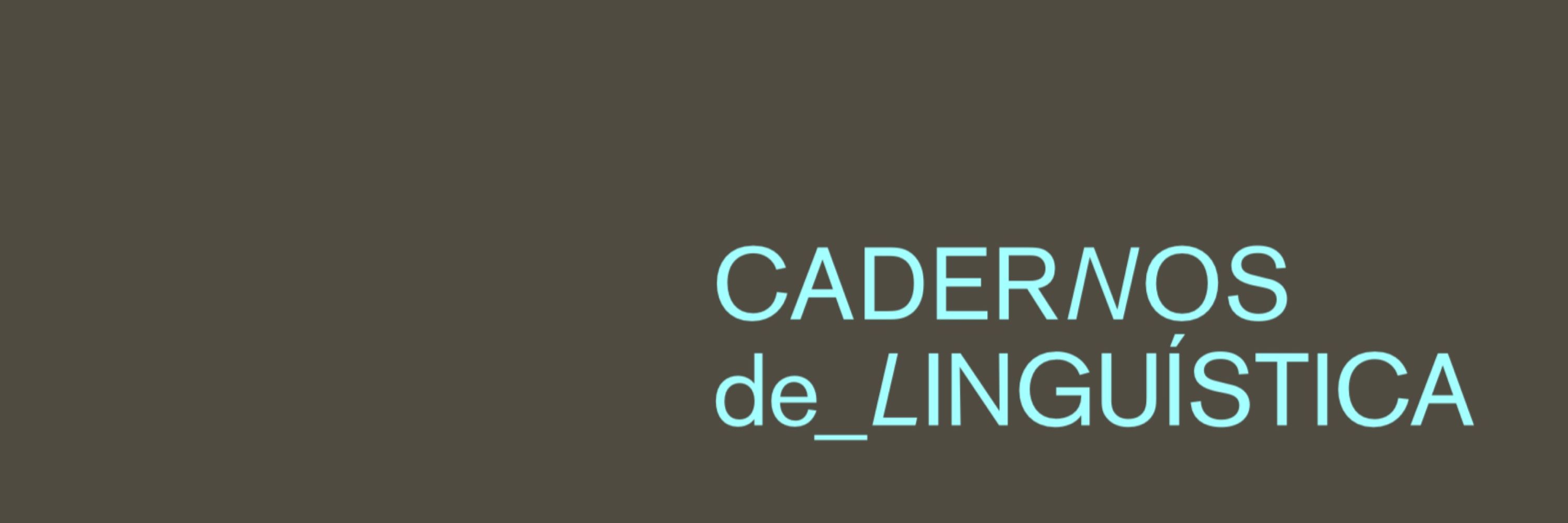Cadernos de Linguística
@cadlin.bsky.social
2.1K followers
6K following
260 posts
A #DiamondOA journal sponsored by the Brazilian Linguistics Association (Abralin), promoting responsible research practices, collaboration, diversity, inclusion, and openness in academia.
🌐 cadernos.abralin.org
🌐 linktr.ee/cadlin
Posts
Media
Videos
Starter Packs

























